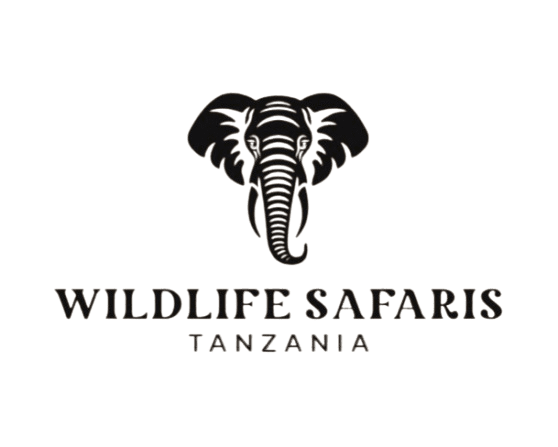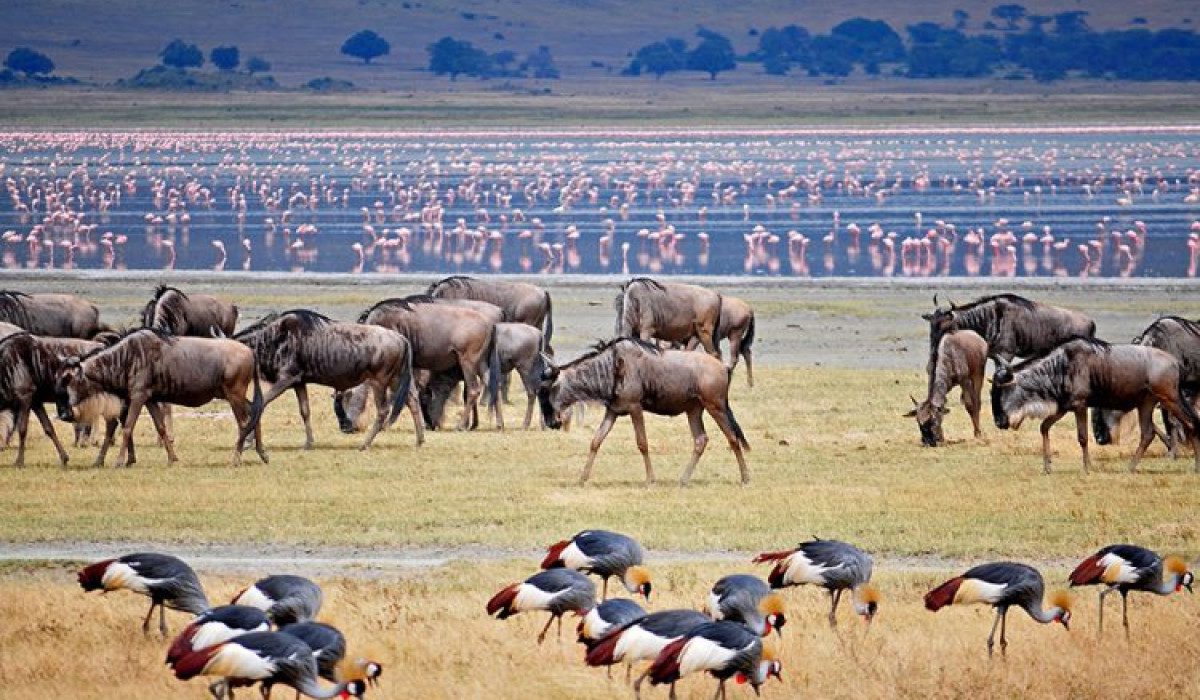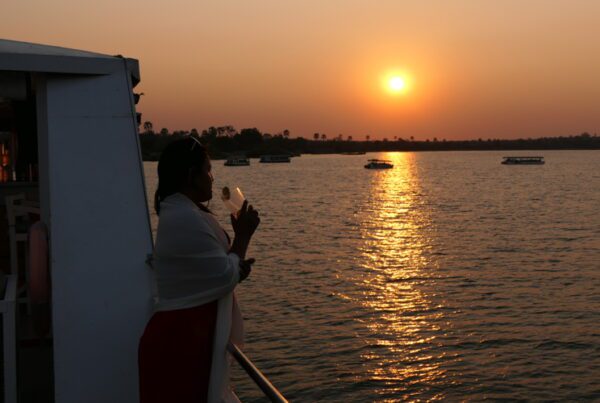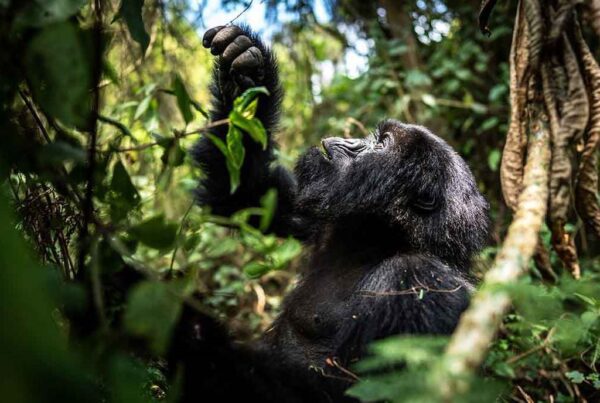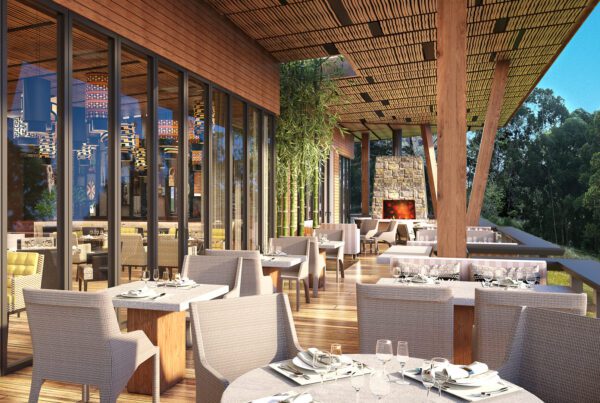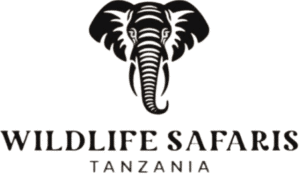Enjoy the Ngorongoro Conservation Area with These 5 Activities!
The Ngorongoro Conservation Area (NCA) is most well known as the Ngorongoro Crater. By the way, the crater is the first thing people mention when they enjoy the area. The 8,288-square-kilometer conservation area includes not only this massive caldera, but also mountains, gorges, a number of craters (not to mention Ngorongoro Crater), and savannah plains.
Our top five recommendations for what to see and do at the NCA are detailed in this post. Before we go in, though, you need to have a plan on how to get there. Plus, we’re available to act as guides.
It is possible to travel for four or five hours along the highland road from Arusha. The drive is thrilling in and of itself, taking in beautiful plantation vistas and glimpses of Karatu and Mto wa Mbu villages before you reach Loduare Gate, the primary entry to the conservation area.
What follows is a list of five fun things to do at the NCA.
The crater is traversed by a game.
I am thrilled! There is nothing typical about driving on the floor of this enormous crater. Here you can easily spot all five of Africa’s most iconic animals: the lion, leopard, elephant, buffalo, and black rhino. While the driver navigates the path in our 4WD vehicle, you may unwind and discover rhino hideouts.
In addition to the Big Five, other animals that can be seen include cheetahs, gazelles, elands, wildebeest, and spotted hyenas. Lake Magadi, a soda lake located on the base of the crater, is a paradise for flamingos. This caldera is supported by the measurements. To start with, it covers an area of 264 sq km and stands 600 meters tall. Having said that, it is home to some 25,000 animals.
Ngorongoro National Park is best explored on a day trip. The reason behind this is that the fee of each descent is $295 per car, which might vary depending on the season. Consequently, you won’t have to climb the rim and then descend it. In the company of hippos, you will have a picnic meal.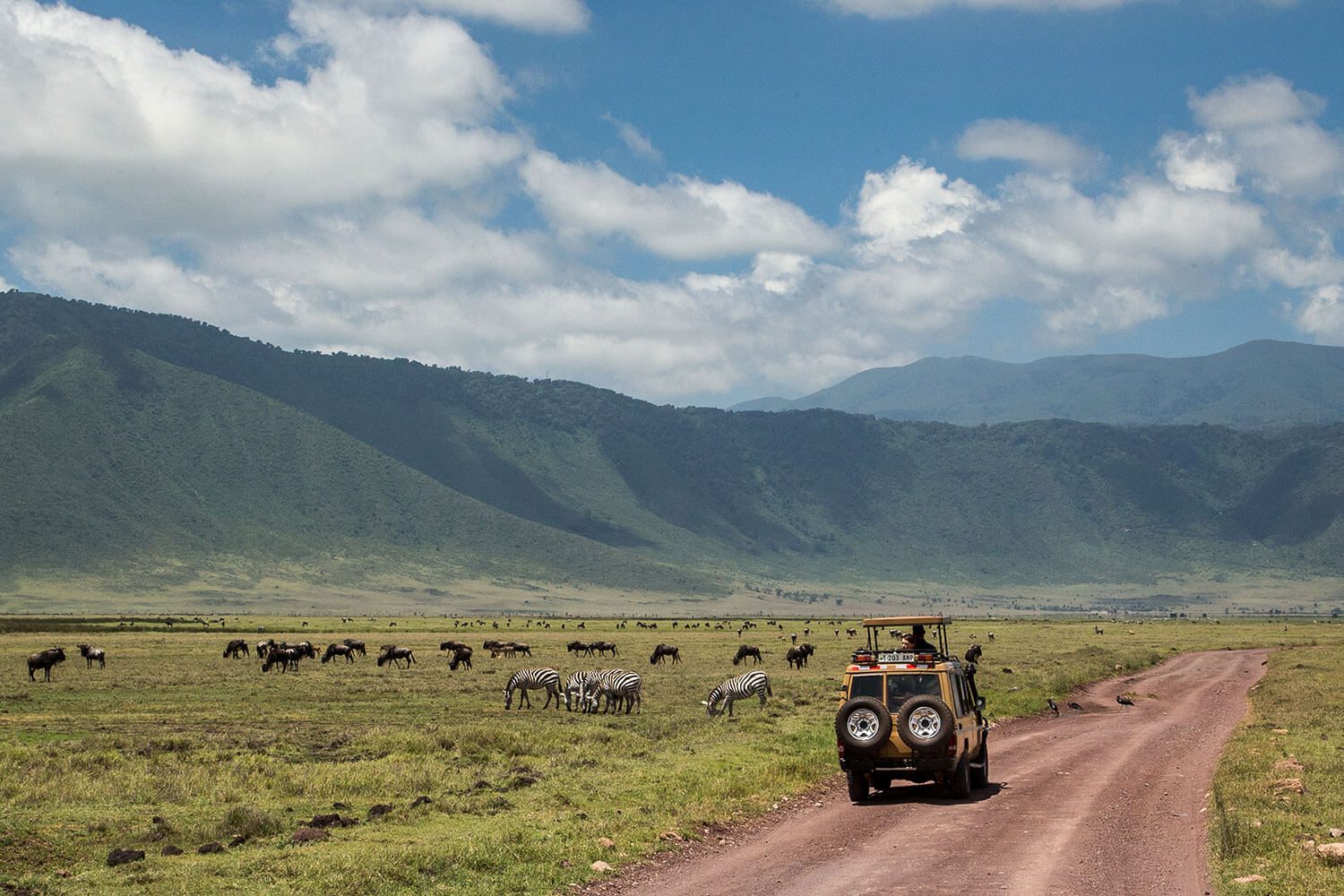
No. 2 Embakai Crater Hike.
The NCA is home to several craters, as we said before. However, despite its 300-meter height, this one contains a crater lake that occupies over 75% of its floor. You can go hiking along the rim, just like you can around the Ngorongoro Crater.
Giraffes despise craters because of their steep slopes, so keep that in mind. However, there is a substantial payoff. The following animals are frequently seen: buffalo, elephants, baboons, waterbucks, and bushbucks. Hikers are treated to a picturesque view as they descend to Soda Lake, where flamingos surround the beach.
Due to the more higher sections of the path, this half-day trip is best suited for those looking to get a little exercise. Our money is on a chat with the Maasai shepherds who use this area as a pasture for their cattle.
3. Exploring Olduvai Gorge and Laetoli Village.
For historians, Ngorongoro is more than just a national park; it is the homeland of our ancient forebears. There is an abundance of proof to support that. When it came to the Olduvai Gorge, Mary and Louis Leakey were the pioneers. About two million years ago, they unearthed a hominid skull that is thought to have lived in this area.
Hiking and exploring the breathtaking geological features are part of your visit to this picturesque canyon. A stroll to the Olduvai Museum is in store for us next. In this little museum, you may see artifacts like stone tools and the fossils of long-gone animals. The museum is designed in the boma style, which draws inspiration from the Maasai people.
Last but not least, you’ll see Laetoli, the site where early bipedal humans trod on volcanic ash. Volcanic eruptions buried their footsteps in damp ash, yet they left them behind. In 1974, they were exposed by Mary Leakey. The presence of prehistoric humans may still be seen in the NCA today.
4. Tour of Maasai culture.
Wolves like lions prey on livestock, but only the Maasai are allowed to do so. Guests often want to know if lions are scared of Maasai people. Sure thing. Reason being, in those days, the Maasai would toast the murder of a lion as a communal victory. But because lion populations are so low now, they don’t do that anymore.
We will resume our tour of the village now. We will travel to a Maasai bomas from your camp so you may meet these environmentalists. Their time spent in the outdoors spans several millennia. Get the party started with some traditional dancing or investigate their one-of-a-kind architecture. The ladies, much to everyone’s astonishment, are the ones who really construct the homes. They construct their lovely dwelling by combining wood with cow dung and then covering the roof with dried grass.
Not only will you need some spending money for tips, but you’ll also want to purchase some authentic Maasai goods, such as sandals, honey, beads, and necklaces. Also, in the pastures where the cattle graze, you may herd them using Morans. An enjoyable task to attempt is one in which one must toss a spear.
5. Sunset and crater rim stroll.
With the exception of Maasai herders, the NCAA does not allowed nature treks within the bowl. Still, there’s a lot to take in from a stroll around the crater rim. If you’re staying at a camp on the rim, your journey of self-discovery can begin there and continue for as long as you like.
Animals such as leopards and baboons might be encountered. Looking for birds is a certain way to find them. Sundowners at an ideal site generally round out this crater rim hike. As the sun sets over the Serengeti, you are there to experience it. While camping on the edge, you may order a bush meal.
That is all.
There is a great deal to see along the NCA’s vast length. However, preparation is the first step in getting there. You may count on us to assist you in organizing your next journey. We offer free quotes upon request.
